MoMA at NGV Over the past few years, the National Gallery of Victoria seems to have broken all records. Its Triennial exhibition attracted 1,231,742 visitors, while the announcement of NGV Contemporary structure, with $150 million already pledged in the state government budget and a completion date of 2025, makes the much debated Sydney Modern at the Art Gallery of New South Wales appear like a sideshow. Now the new exhibition from New York’s Museum of Modern Art is about to set a new record. The 15th Melbourne Winter Masterpieces exhibition at the National Gallery of Victoria, MoMA at NGV: 130 Years of Modern and Contemporary Art, is the gallery’s biggest, grandest and, almost guaranteed to be, most popular event in this series. 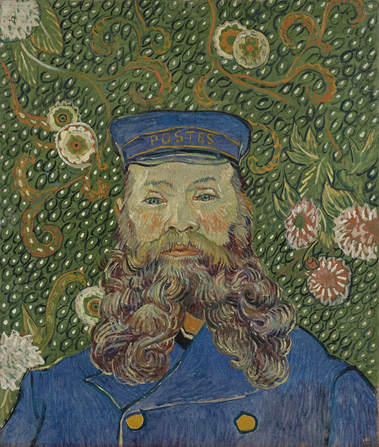 Vincent van Gogh, Portrait of Joseph Roulin 1889, oil on canvas 64.4 x 55.2 cm The Museum of Modern Art, New York Gift of Mr. and Mrs. William A. M. Burden, Mr. and Mrs. Paul Rosenberg, Nelson A. Rockefeller, Mr. and Mrs. Armand P. Bartos, The Sidney and Harriet Janis Collection, Mr. and Mrs. Werner E. Josten, and Loula D. Lasker Bequest (all by exchange), 1989 Digital Image © The Museum of Modern Art, New York, 2018 It is an exhibition where not only all of the big names are present – Vincent van Gogh, Paul Gauguin, Paul Cézanne, Pablo Picasso, Lyubov’ Popova, Piet Mondrian, Salvador Dalí, Frida Kahlo, Alexander Calder, Jackson Pollock, Andy Warhol, Roy Lichtenstein and Cindy Sherman – but they are represented by some of their best-known signature pieces. Arranged in eight roughly chronological-thematic sections, at least the first five can be negotiated without bothering with the labels as these are some of the most iconic works that are known to most people with an interest in the visual arts. MoMA in New York, which turns ninety next year, has established a position of dominance in its construct of Modernism in the western art world, so that many people in Australia view modern art through the MoMA historical prism. This was largely a creation of Alfred Hamilton Barr Jr. (1902-1981), the inaugural director of the museum. Barr was appointed director in 1929, dumped in 1943, but allowed to stay on in an advisory capacity until 1967. Barr developed a holistic view of visual culture, where industrial design, architecture, photography, film and advertising combined with the traditional fine arts of painting, sculpture and graphics. Barr’s vision involved the establishment of six different curatorial departments at MoMA: Painting and Sculpture, Drawings, Prints and Illustrated Books, Film, Photography, and Architecture and Design. This was innovative at the time, but subsequently it has become the dead hand of history with Media and Performance Art more recently slipped into the curatorial mix. MoMA is constantly involved in the process of reinventing itself, but guided by Barr’s vision. Also, MoMA exercises a certain hegemony in many international museum art circles and whereas the founders of modernism have been enshrined in an art historical tradition, the choice of some of the more contemporary practitioners, as reflected in the final room of this exhibition, seems more arbitrary and questionable. Nevertheless, the authority of MoMA gives this selection a voice of authority so that artists included in their exhibitions seamlessly slip into the canon. In some ways Barr and MoMA developed a determinist model for modern art with flow charts and somewhat simplistic ideas of cause and effect. Barr championed the ‘old masters’ of modern art – Picasso, Braque, Matisse and Léger – but was reluctant to embrace the New York School and Abstract Expressionism. MoMA commenced purchasing Pollock, de Kooning, Kline, Motherwell and Hofmann only in the post-war period and not a single Mark Rothko was acquired on Barr’s watch. This notwithstanding, Barr’s name is uttered with holy reverence at MoMA, something that was most apparent at the exhibition’s launch in Melbourne. Glenn Lowry, the director of MoMA since 1995, acknowledges the founding father with respect but has aggressively steered the museum in more contemporary directions. It is due to the expansionist policies of Lowry that a window of opportunity has slit open and some of the museum’s permanent exhibits have come to Melbourne. I was surprised to learn from him that some of the items were secured for loan through the direct intervention of Victoria’s art-loving premier, Daniel Andrews. As you enter the exhibition in Melbourne, you encounter four major paintings: Vincent van Gogh’s Portrait of Joseph Roulin 1889, Paul Gauguin’s The Moon and the Earth 1893, Paul Cézanne’s Still life with apples 1895–98 and Georges Seurat’s Evening, Honfleur 1886. These four artists, I understand, were also included in Barr’s inaugural exhibition at MoMA. As the show continues, it opens up as a tour de force exhibition, where Dalí’s most famous painting, The persistence of memory 1931, stops any viewer in their tracks, reminding them how tiny and compressed was the artist’s idea on the shape of time. Juxtaposed with these icons of modernist painting are an aluminium Outboard propeller c.1925 manufactured by the Aluminum (sic) Company of America, Pittsburgh, Pennsylvania, a steel ring of the Self-aligning ball bearing 1907 by the Swedish engineer Sven Wingquist, and a Railroad car spring 1920s made by the American Steel & Wire Co., Worcester, Massachusetts. This rich fabric of connections between everyday architecture and design, which punctuates common life, and rarefied objects deemed as fine arts, is the theme that runs throughout the exhibition. Chronologically it runs from the 1880s through to the present, spread amongst its eight sections: Arcadia and Metropolis, The machinery of the Modern World, A new Unity, Inner and outer worlds, Art as Action, Things as they are, Immense encyclopaedia and Flight Patterns. While there are over 200 items on display, occupying the entire ground floor of the National Gallery of Victoria, and the exhibition boasts an international perspective, it is essentially a northern hemisphere construct of modern and contemporary art. The only Australian artist involved, as far as I could determine, is Martin Sharp and his design for a Cream record cover derived from Robert Whitaker’s photographs. This is a landmark exhibition – rich, dazzling and profoundly visually exciting – that also plants a dissenting seed in my mind as to what a construct of modern and contemporary art would look like from the antipodes.
6 Comments
|
GRISHIN'S ART BLOG
Sasha Grishin AM, FAHA is the author of more than 25 books on art, including Australian Art: A History, and has served as the art critic for The Canberra Times for forty years. He is an Emeritus Professor at the Australian National University, Canberra; Guest Curator at the National Gallery of Victoria, Melbourne; and Honorary Principal Fellow, Faculty of Arts, at the University of Melbourne. Archives
June 2024
Categories
Keep up-to-date with Sasha Grishin's blog with the RSS feed.
RSS offers ease of access and ensures your privacy, as you do not need to subscribe with an email address. Click here to download a free feed reader |
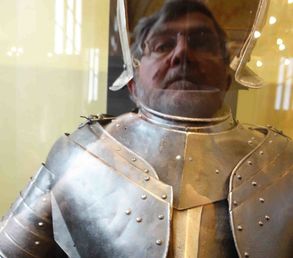
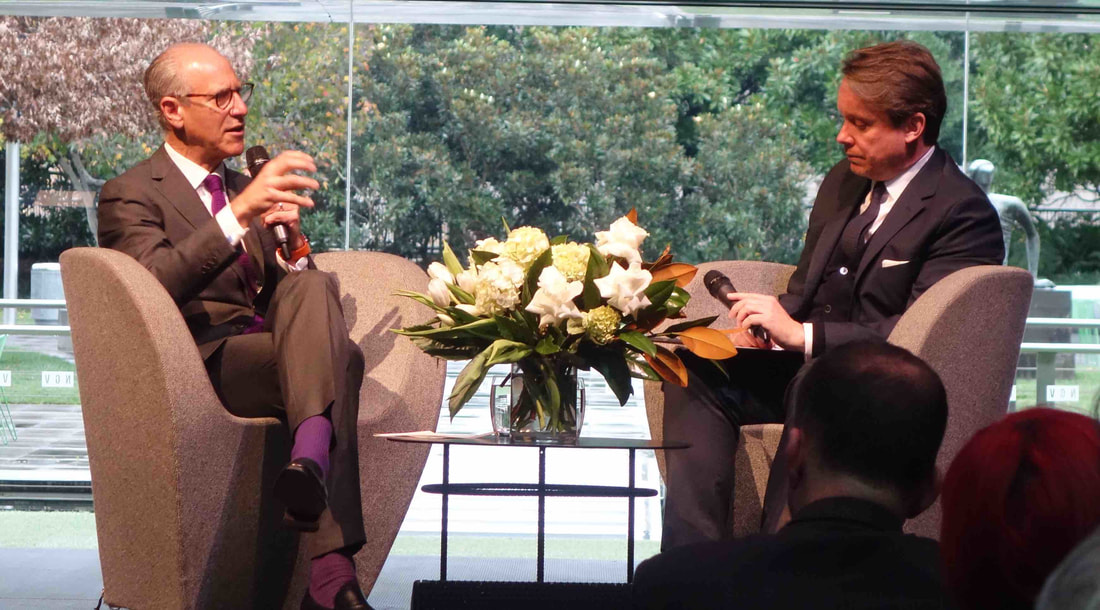
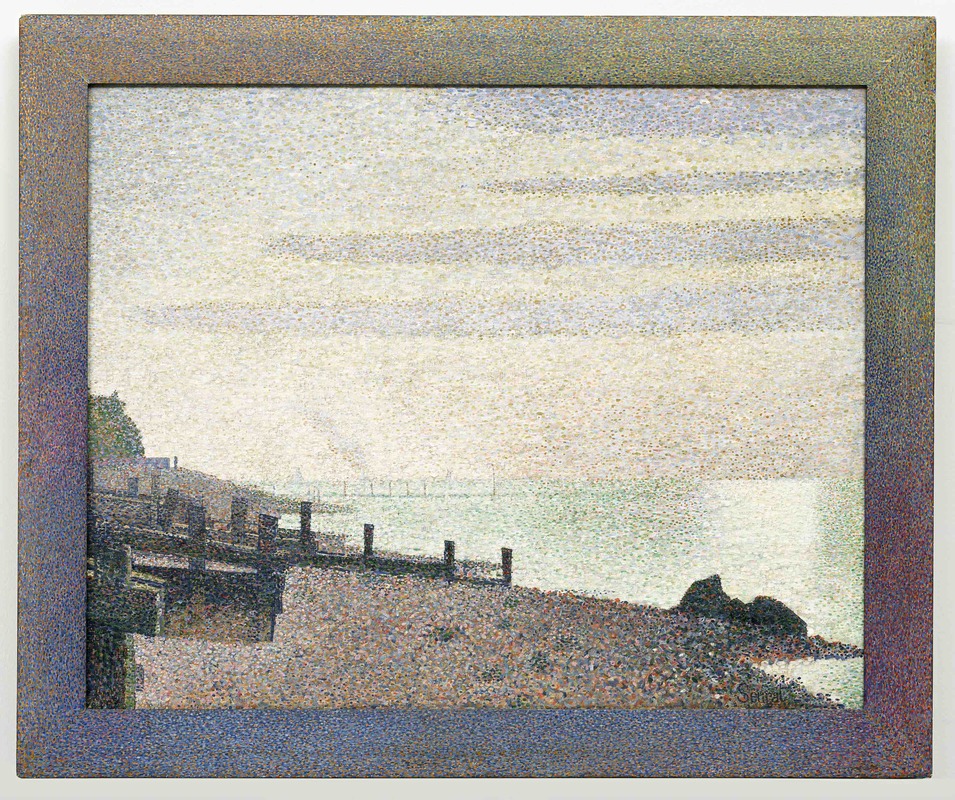
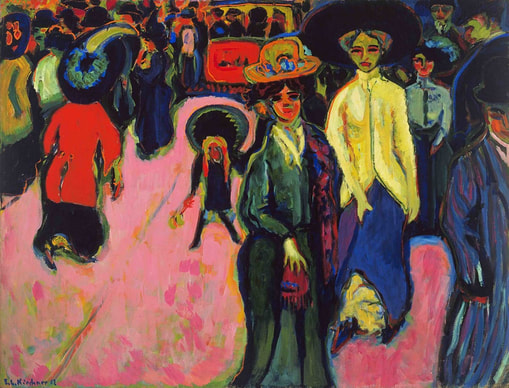
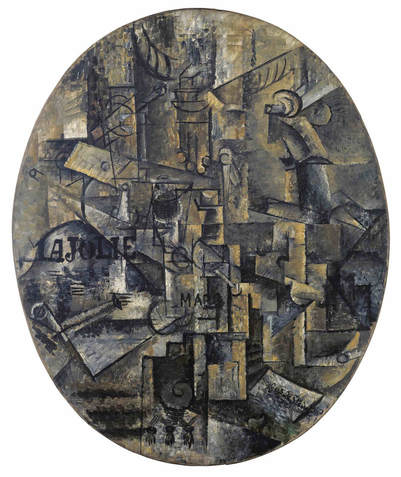
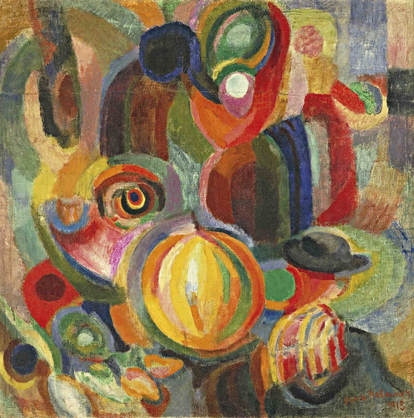



 RSS Feed
RSS Feed